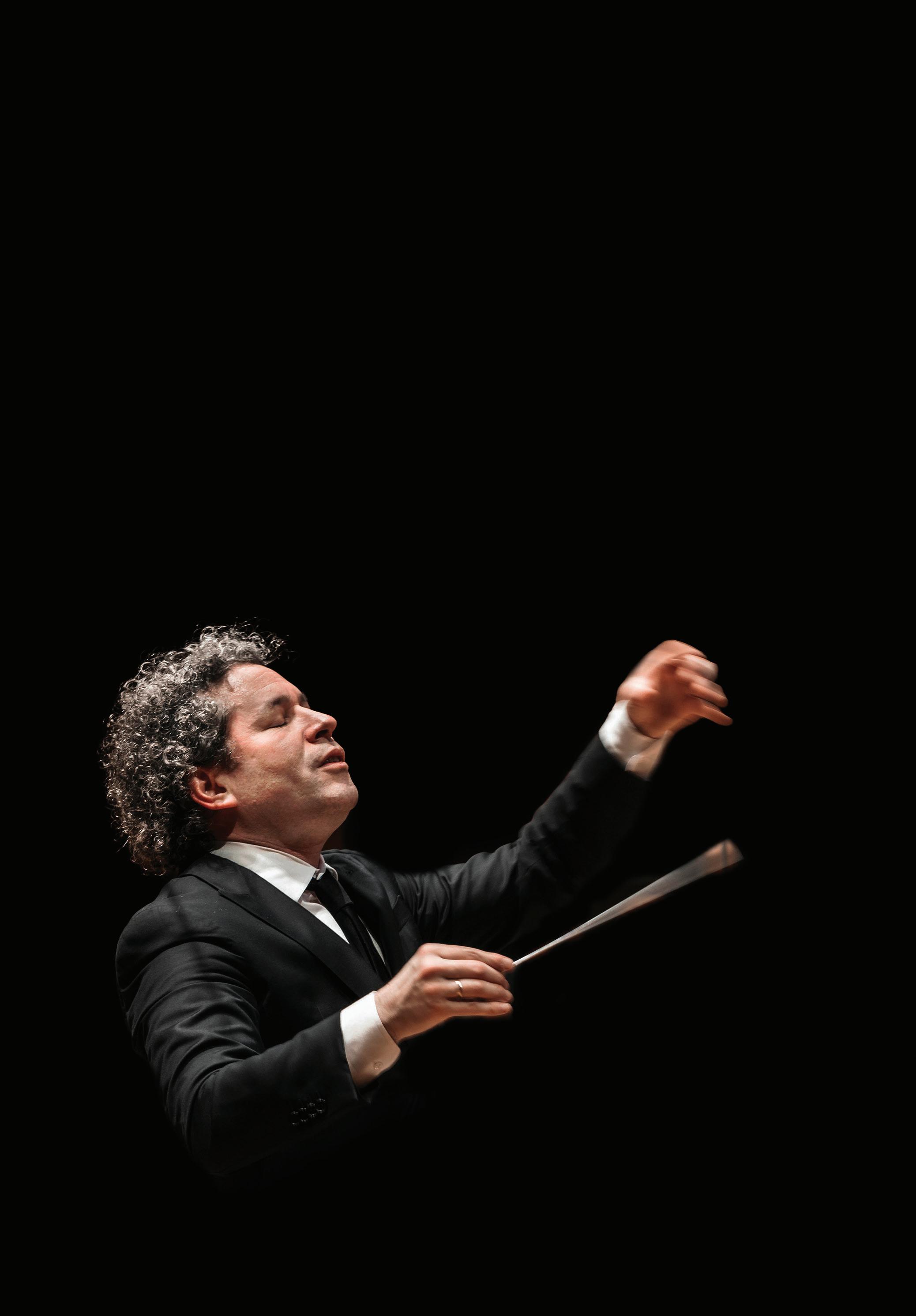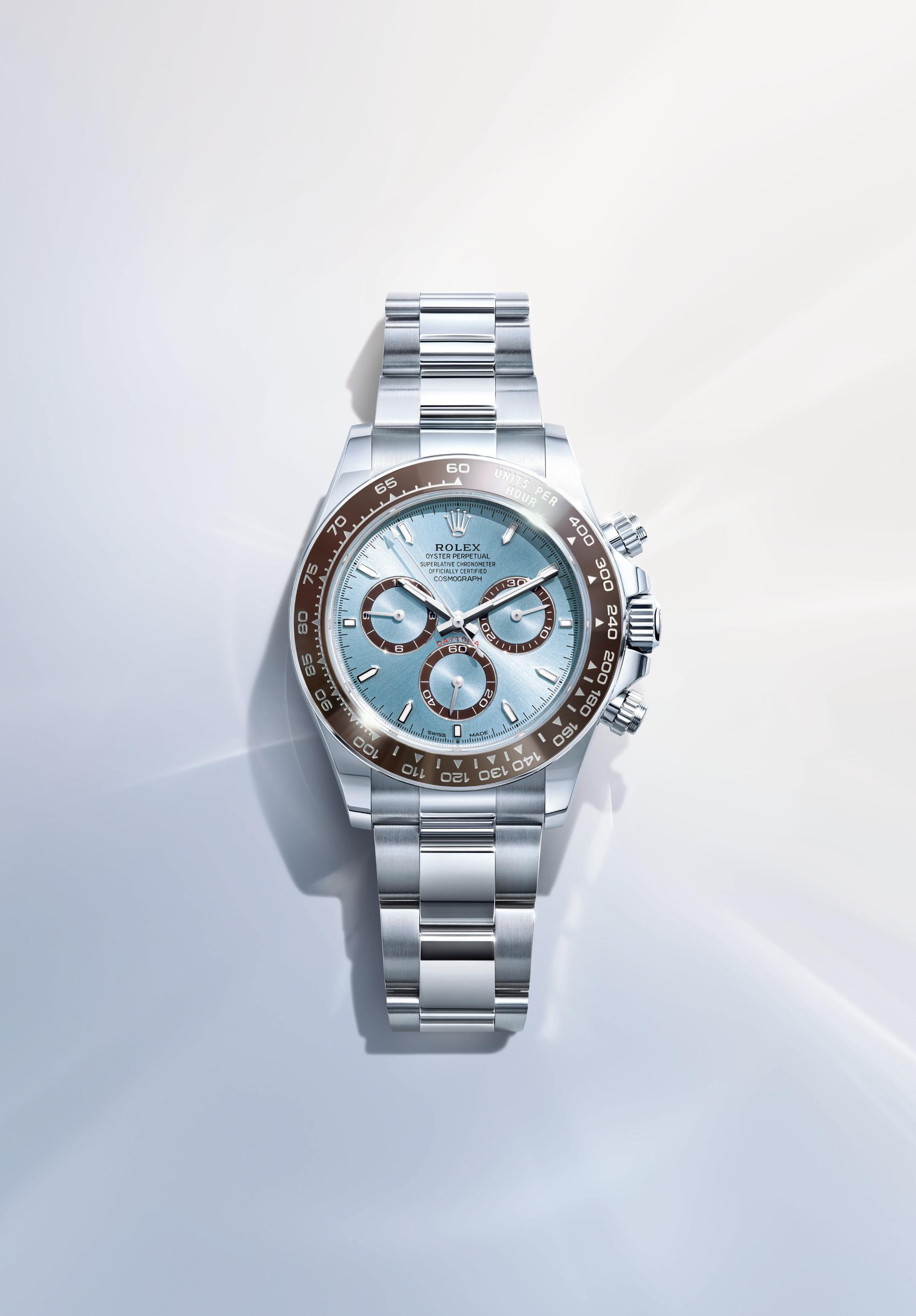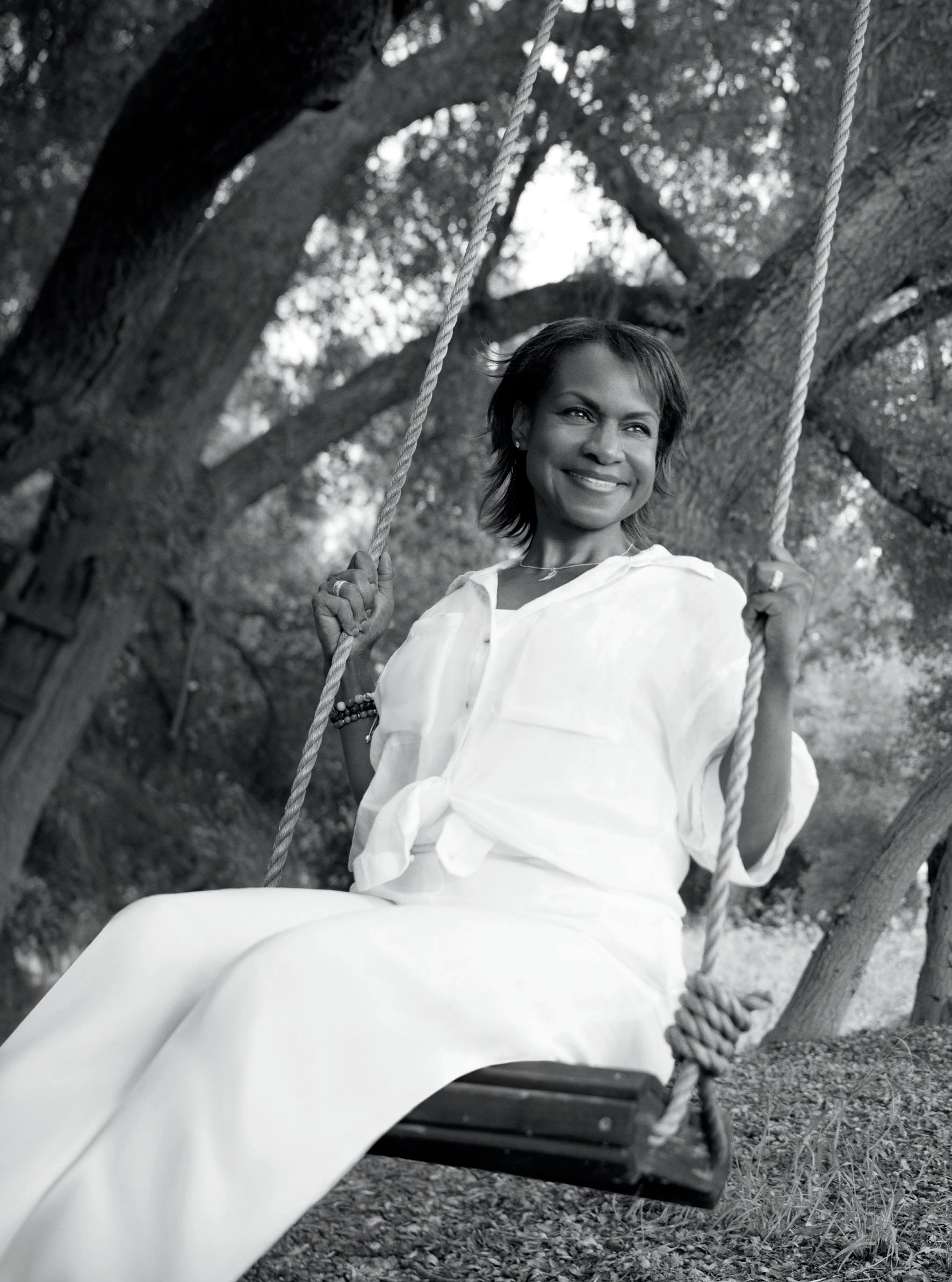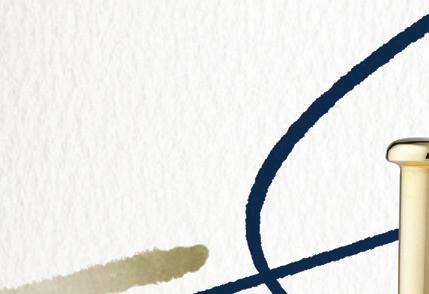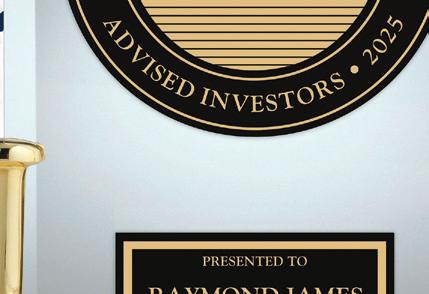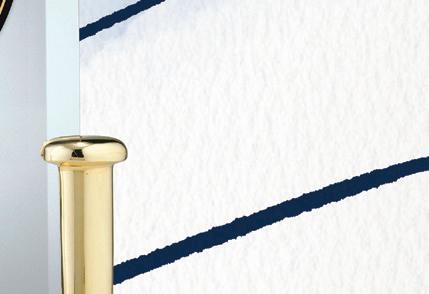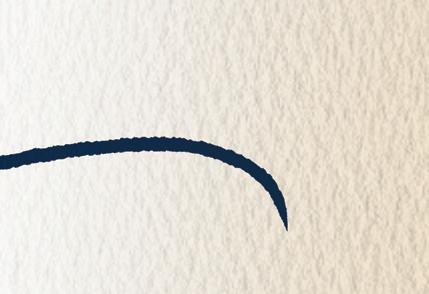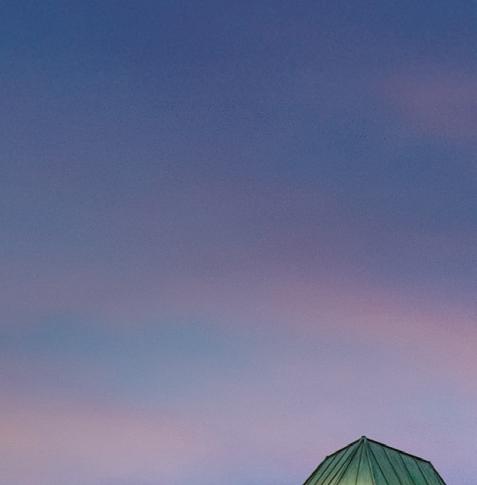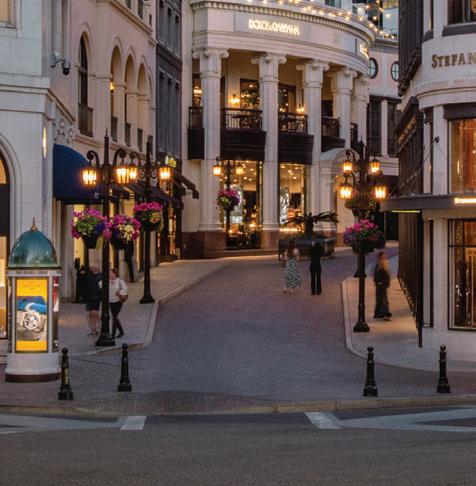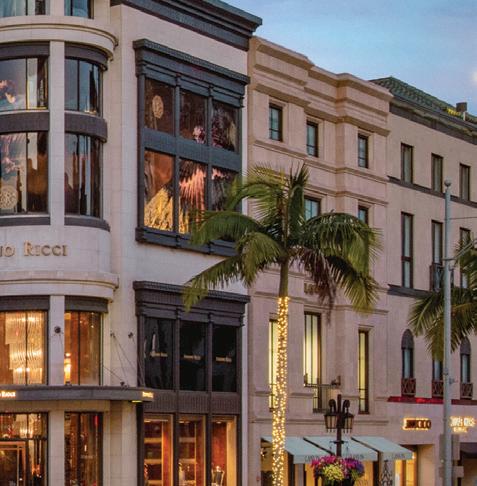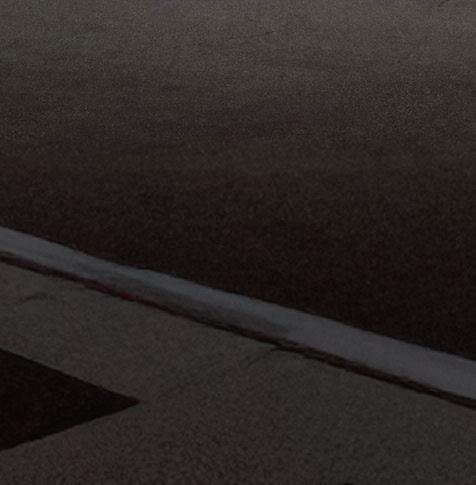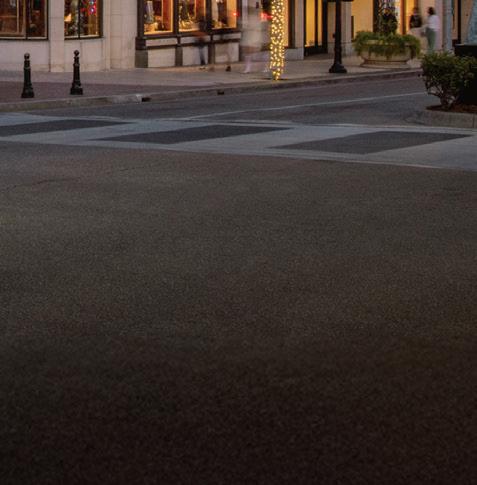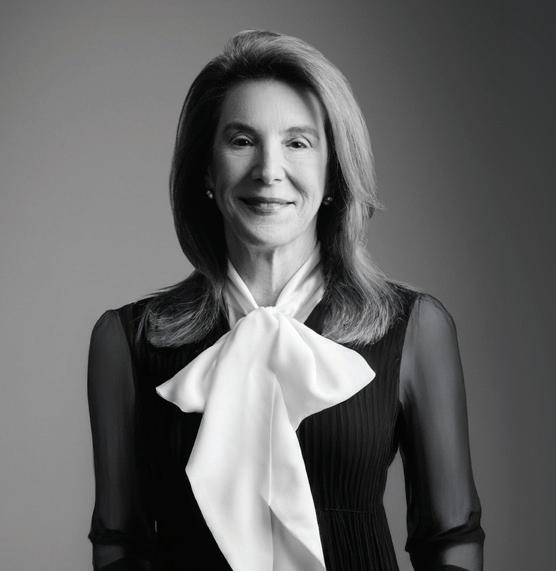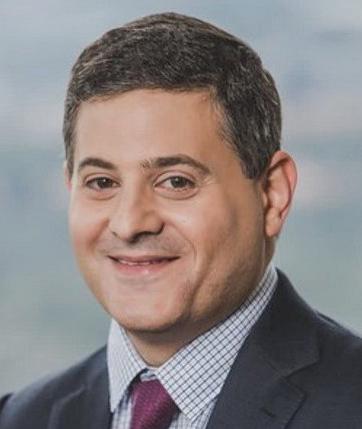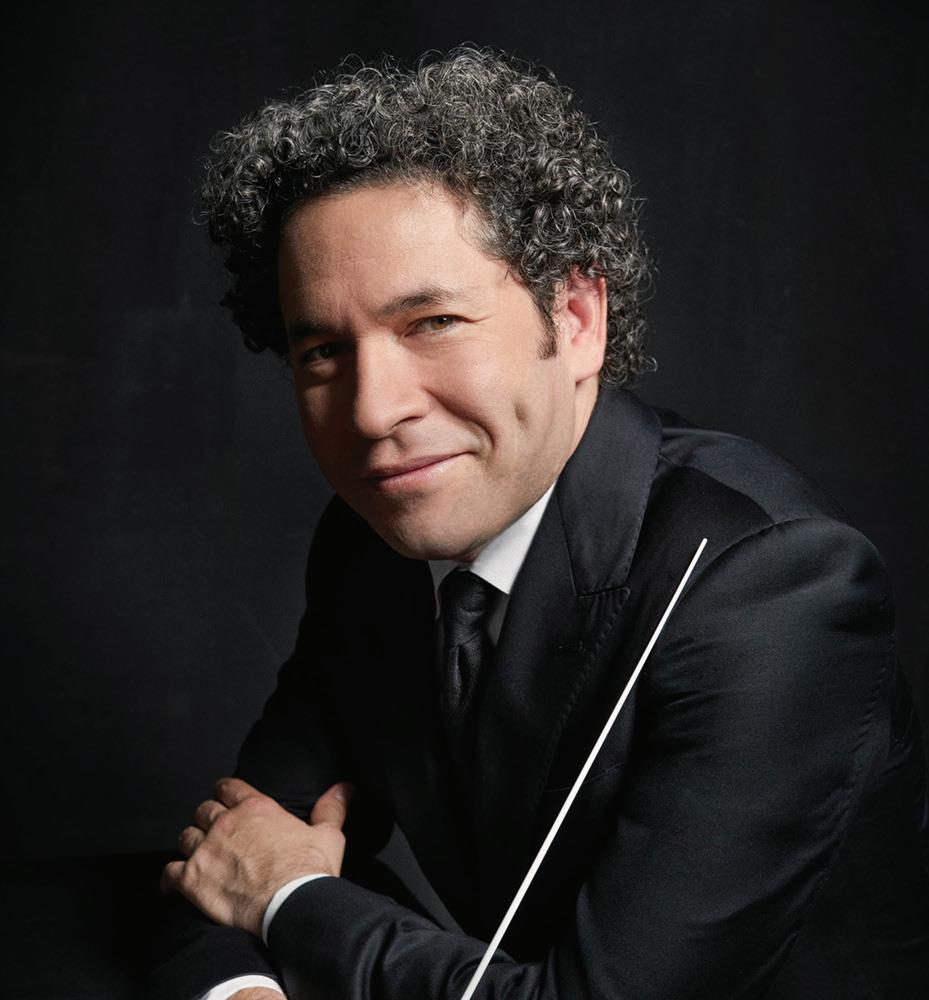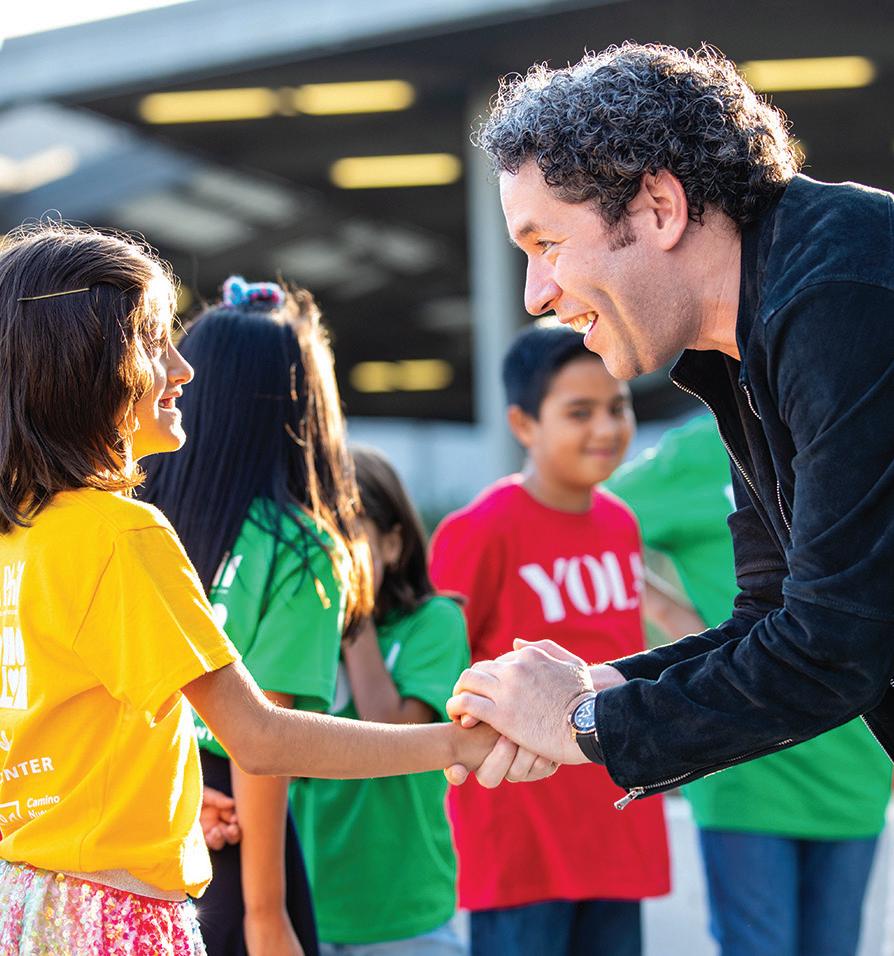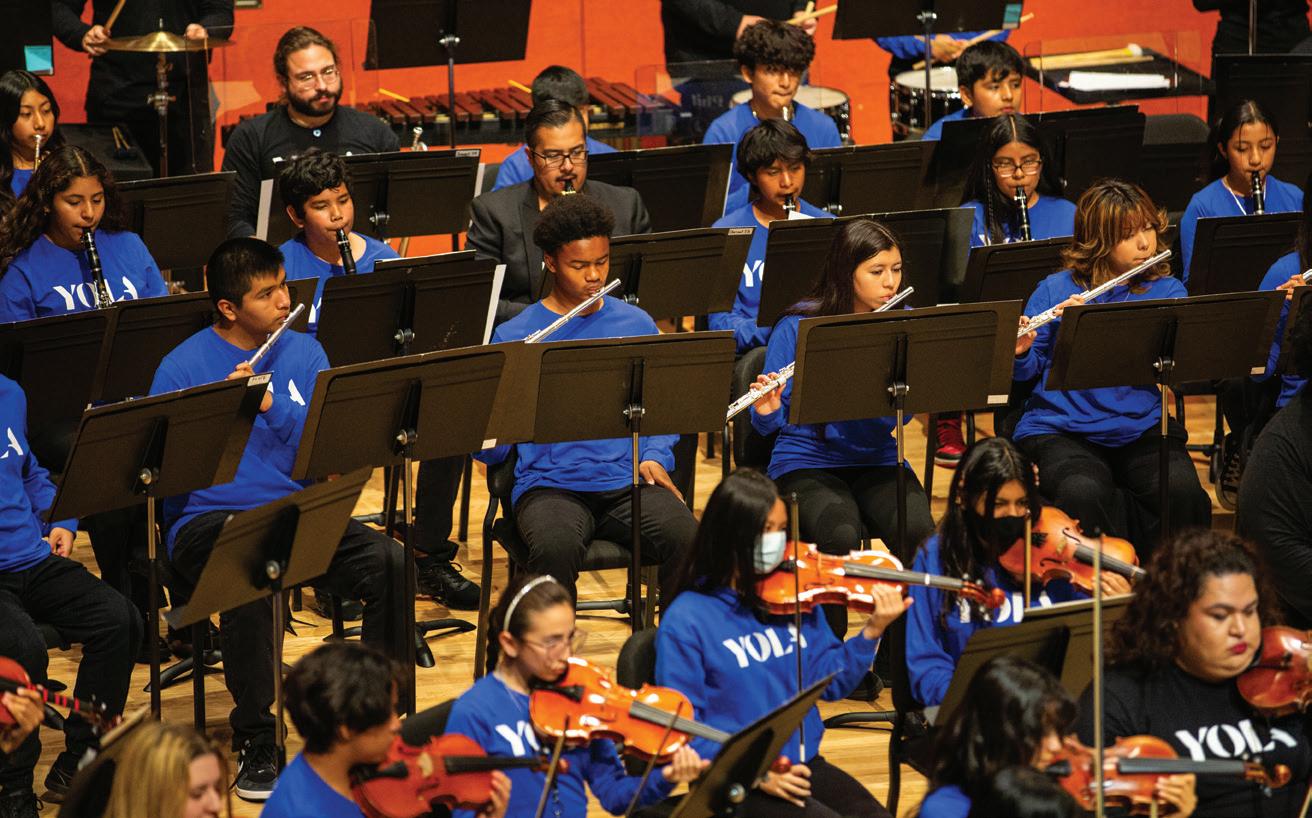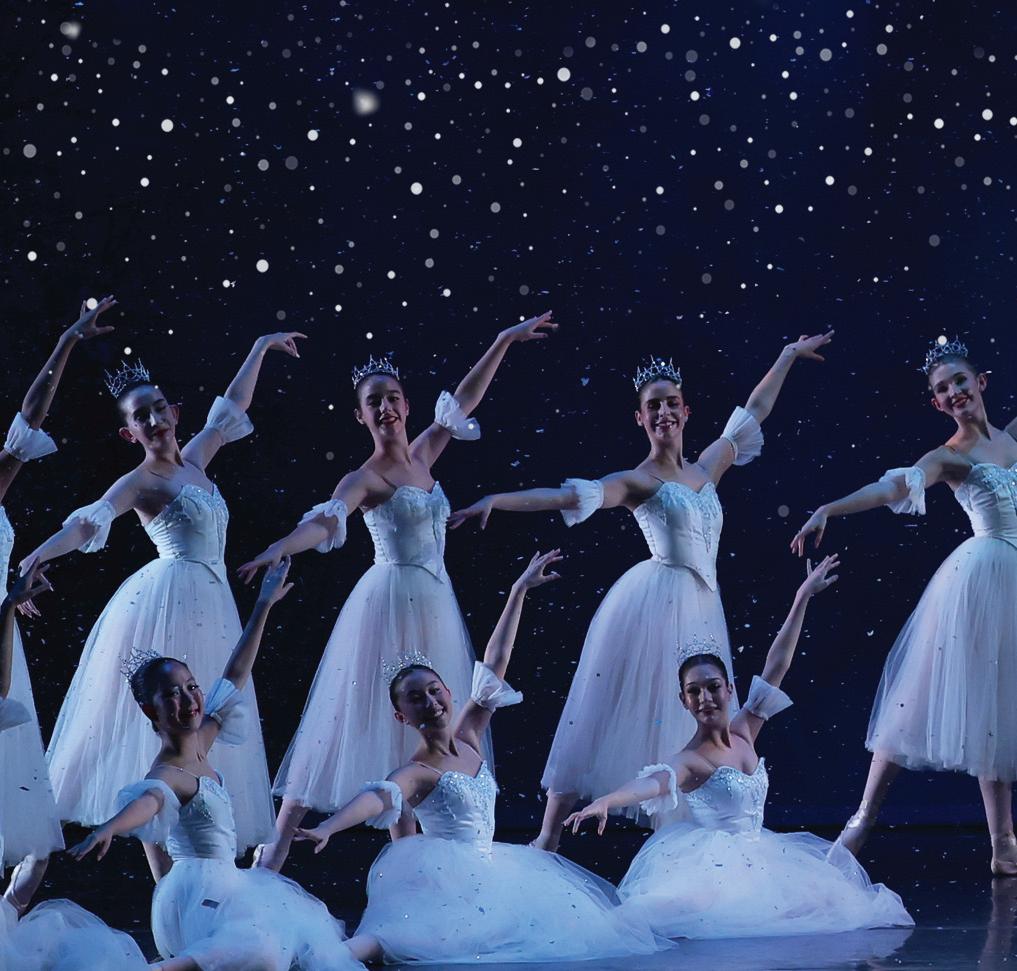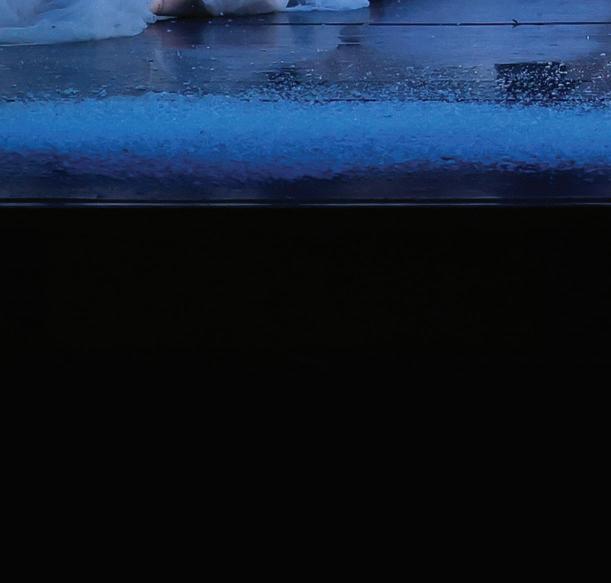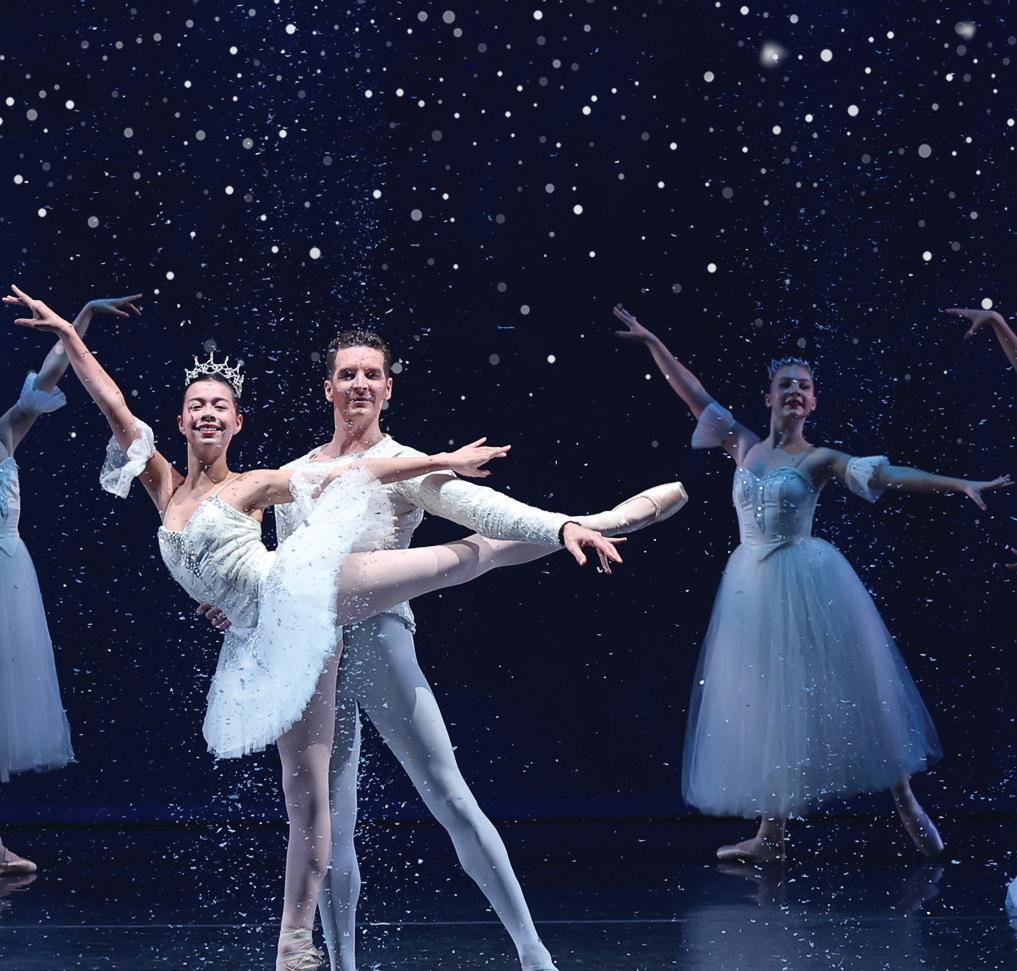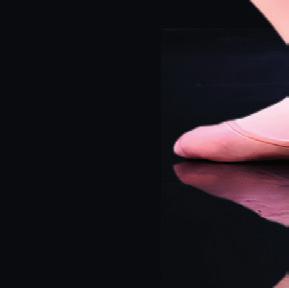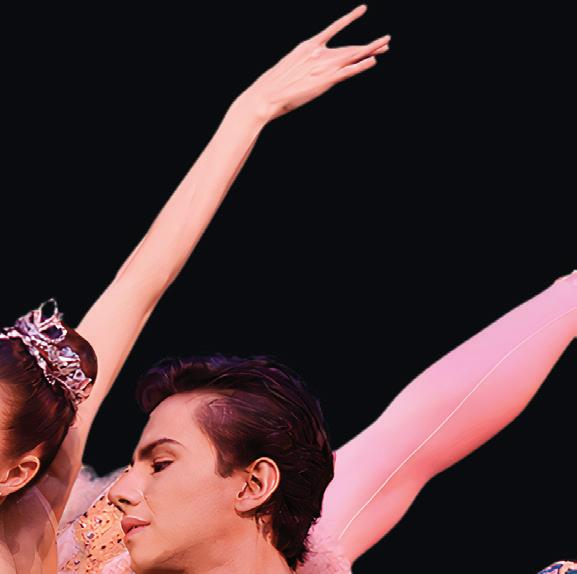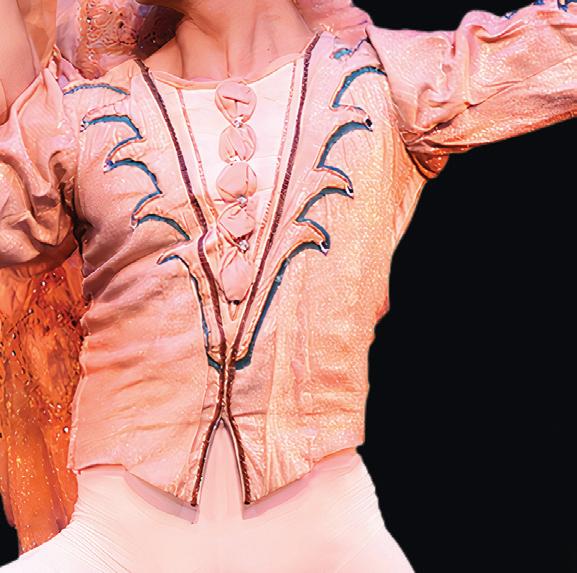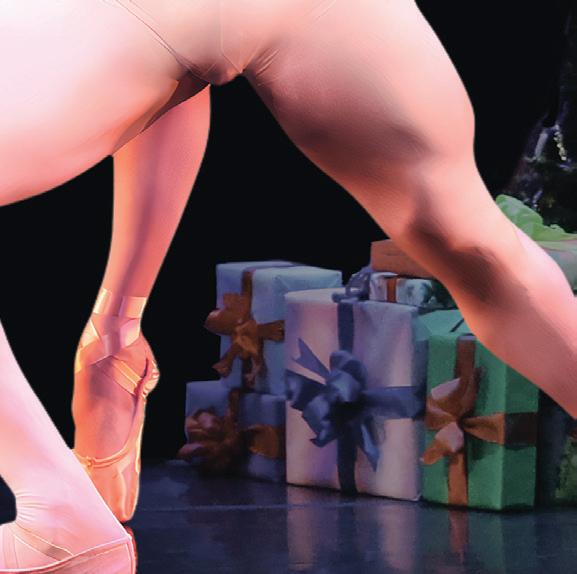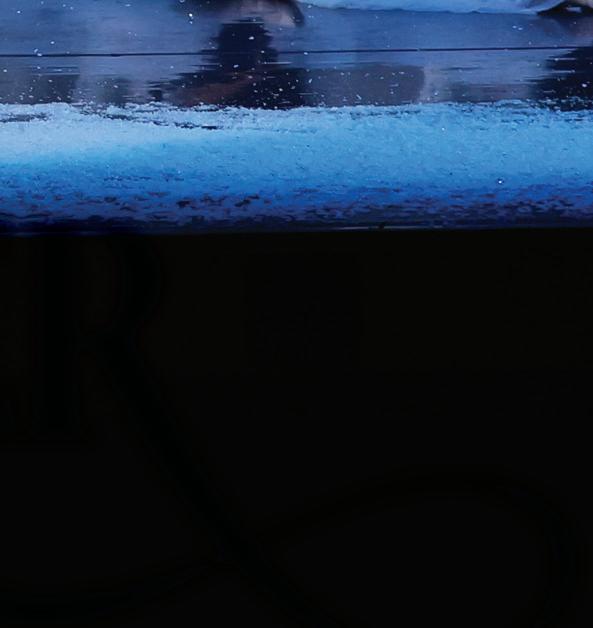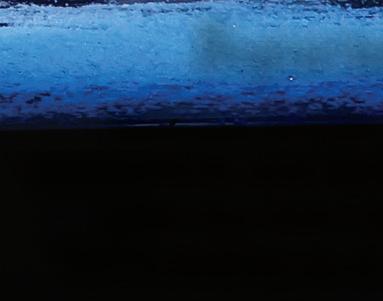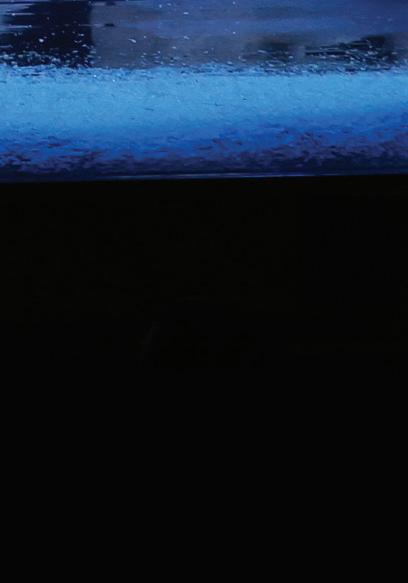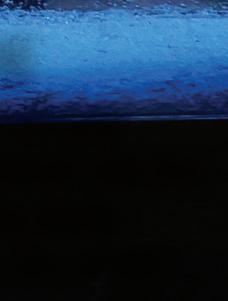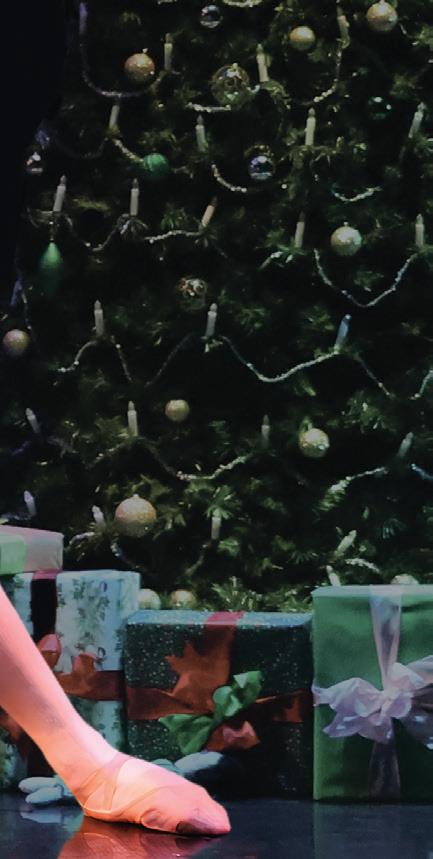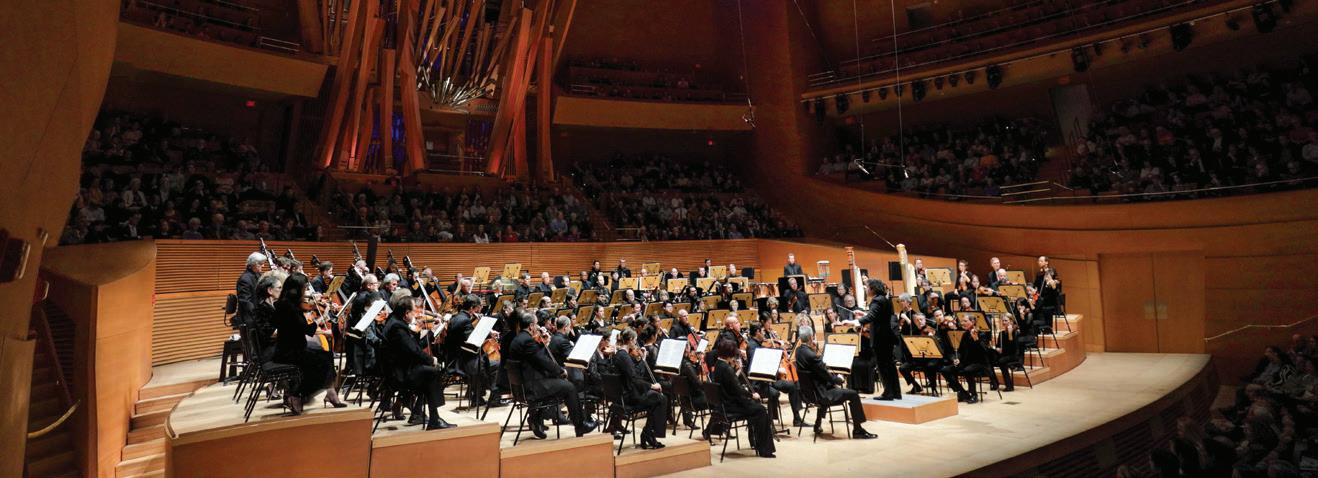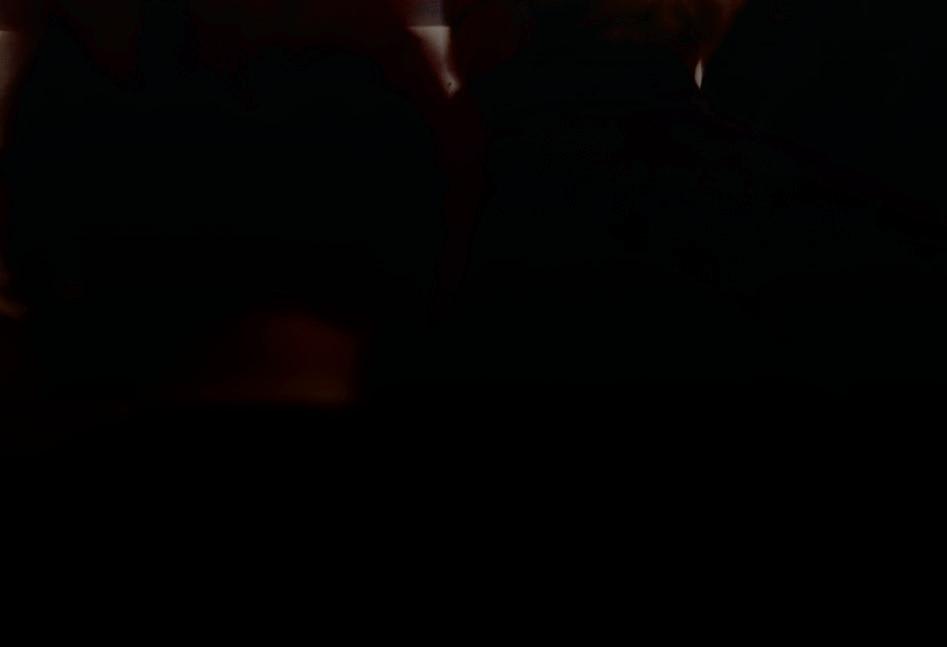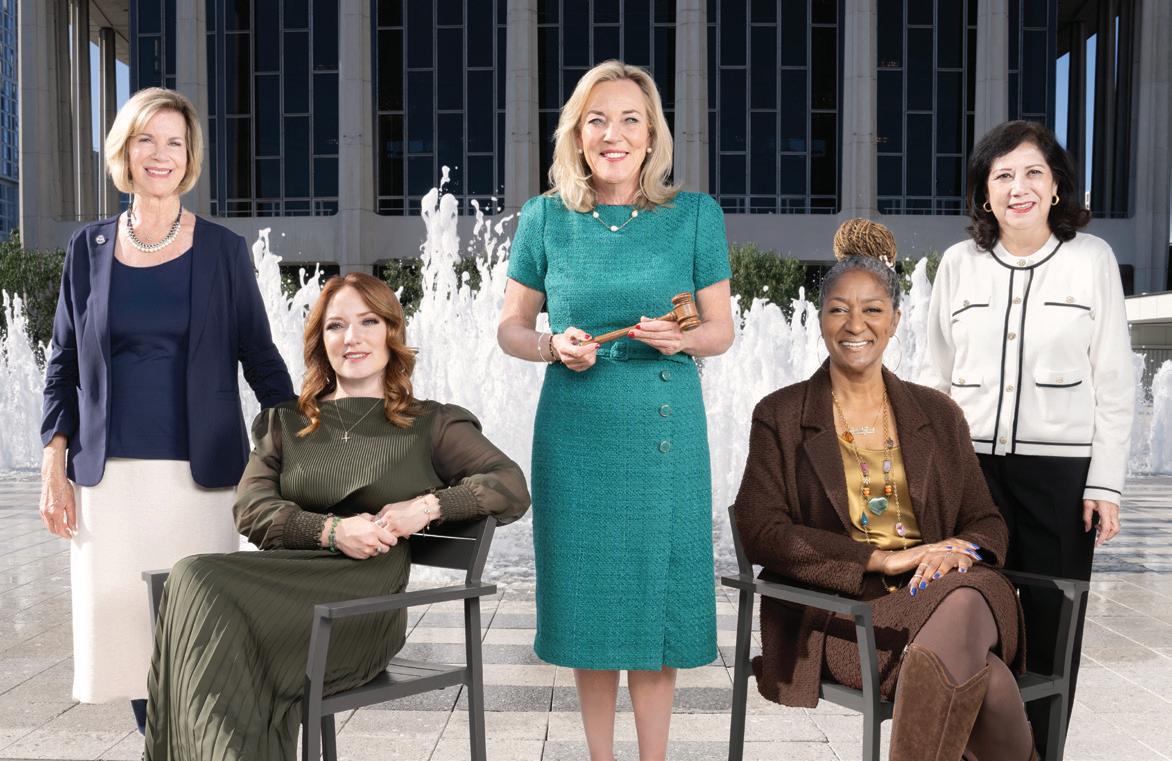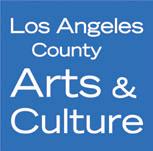Los Angeles Philharmonic
The Los Angeles Philharmonic, under the vibrant leadership of Music & Artistic Director Gustavo Dudamel, presents an inspiring array of music through a commitment to foundational works and adventurous explorations. Both at home and abroad, the LA Phil—recognized as one of the world’s outstanding orchestras—is leading the way in groundbreaking and diverse programming, onstage and in the community, that reflects the orchestra’s artistry and demonstrates its vision. The 2025/26 season is the orchestra’s 107th.
Nearly 300 concerts are either performed or presented by the LA Phil at its three iconic venues: the Frank Gehry-designed Walt Disney Concert Hall, the Hollywood Bowl, and The Ford. During its winter season at Walt Disney Concert Hall, with approximately 165 performances, the LA Phil creates festivals, artist residencies, and other thematic programs designed to enhance the audience’s experience of orchestral music. Since 1922, its summer home has been the world-famous Hollywood Bowl, host to the finest artists from all genres of music. The Ford, situated in a 32-acre park and under the stewardship of the LA Phil since December 2019, presents an eclectic summer season of music, dance, film, and family events that are reflective of the communities that comprise Los Angeles.
The orchestra’s involvement with Los Angeles extends far beyond its venues. Among its influential and multifaceted learning initiatives is YOLA (Youth Orchestra Los Angeles). Through YOLA, inspired by Gustavo Dudamel’s own training as a young musician, the LA Phil and its community partners provide free instruments, intensive music training, and academic support to over 1,700 young musicians, empowering them to become vital citizens, leaders, and
agents of change. In the fall of 2021, YOLA opened its own permanent, purpose-built facility: the Judith and Thomas L. Beckmen YOLA Center at Inglewood, designed by Frank Gehry.
The orchestra also undertakes tours, both domestically and internationally, including regular visits to New York, London (where the orchestra is the Barbican Centre’s International Orchestral Partner), Paris, and Tokyo. As part of its global Centennial activities, the orchestra visited Seoul, Tokyo, Mexico City, London, Boston, and New York. The LA Phil’s first tour was in 1921, and the orchestra has made annual tours since the 1969/70 season.
The LA Phil has released an array of critically acclaimed recordings, including world premieres of the music of John Adams and Louis Andriessen, along with Grammy-winning recordings featuring the music of Brahms, Ives, Andrew Norman, Thomas Adès, and Gabriela Ortiz—whose Revolución diamantina received three Grammys in 2025.
The Los Angeles Philharmonic was founded in 1919 by William Andrews Clark, Jr., a wealthy amateur musician. Walter Henry Rothwell became its first Music Director, serving until 1927; since then, 10 renowned conductors have served in that capacity: Georg Schnéevoigt (1927-1929), Artur Rodziński (1929-1933), Otto Klemperer (1933-1939), Alfred Wallenstein (1943-1956), Eduard van Beinum (1956-1959), Zubin Mehta (1962-1978), Carlo Maria Giulini (1978-1984), André Previn (1985-1989), Esa-Pekka Salonen (1992-2009), and Gustavo Dudamel (2009-present).
Gustavo Dudamel
Music & Artistic Director
Walt and Lilly
Disney Chair
Zubin Mehta Conductor Emeritus
Esa-Pekka Salonen
Conductor Laureate
Rodolfo Barráez
Assistant Conductor Ann Ronus Chair
John Adams
John and Samantha
Williams Creative Chair
Herbie Hancock
Creative Chair for Jazz
FIRST VIOLINS
[Position vacant]
Concertmaster
Marjorie Connell Wilson Chair
Bing Wang
Acting Concertmaster
Barbara and Jay Rasulo Chair
[Position vacant]
First Associate
Concertmaster
Ernest Fleischmann Chair
[Position vacant]
Assistant Concertmaster
Philharmonic Affiliates Chair
Rebecca Reale
Deanie and Jay Stein Chair
Justin Woo
Rochelle Abramson
Minyoung Chang
I.H. Albert Sutnick Chair
Tianyun Jia
Jordan Koransky
Ashley Park
Katherine Woo
Weilu Zhang
SECOND VIOLINS
Melody Ye Yuan
Principal
Mark Kashper
Associate Principal
Isabella Brown
Assistant Principal
Kristine Whitson
Johnny Lee
Ingrid Chun
Jin-Shan Dai
Miika Gregg
Chao-Hua Jin
Jung Eun Kang
Vivian Kukiel
Nickolai Kurganov
Varty Manouelian
Emily Shehi
Michelle Tseng
Gabriel Esperon*
VIOLAS
[Position vacant]
Principal
John Connell Chair
Ben Ullery
Associate Principal
Jenni Seo
Assistant Principal
Dana Lawson
Richard Elegino
Ingrid Hutman
Michael Larco
Hui Liu
Meredith Snow
Leticia Oaks Strong+
Minor L. Wetzel
Bradley Parrimore*
Pasadena Showcase
House for the Arts
LA Phil Resident Fellow Chair
CELLOS
Robert deMaine
Principal
Bram and Elaine Goldsmith Chair
Ben Hong
Associate Principal
Sadie and Norman Lee Chair
Dahae Kim
Assistant Principal
Jonathan Karoly+ +
David Garrett
Barry Gold
Jason Lippmann
Gloria Lum
Linda and Maynard
Brittan Chair
Zachary Mowitz
* Judith and Thomas L. Beckmen
LA Phil Resident Fellow
+ On sabbatical
Serge Oskotsky
Brent Samuel
Keeon Guzman*
BASSES
Christopher Hanulik
Principal
Diane Disney Miller and Ron Miller Chair
Kaelan Decman
Associate Principal
Oscar M. Meza
Assistant Principal
David Allen Moore
Ted Botsford
Jory Herman
Brian Johnson
Peter Rofé
Matthew Peralta*
FLUTES
Denis Bouriakov Principal
Virginia and Henry Mancini Chair
Catherine Ransom Karoly
Associate Principal
Mr. and Mrs. H.
Russell Smith Chair
Elise Shope Henry
Mari L. Danihel Chair
Sarah Jackson
Piccolo
Sarah Jackson
OBOES
Ryan Roberts Principal
Carol Colburn Grigor Chair
Marion Arthur Kuszyk Associate Principal
Anne Marie Gabriele
English Horn [Position vacant]
CLARINETS
Boris Allakhverdyan Principal
Michele and Dudley Rauch Chair
[Position vacant] Associate Principal
Andrew Lowy
Taylor Eiffert
E-Flat Clarinet
Andrew Lowy
Bass Clarinet
Taylor Eiffert
BASSOONS
Whitney Crockett Principal [Position vacant]
Associate Principal Ann Ronus Chair
Michele Grego Evan Kuhlmann
Contrabassoon
Evan Kuhlmann
Mark Houston Dalzell and James Dao-Dalzell Chair for Artistic Service to the Community
HORNS
Andrew Bain
Principal
John Cecil Bessell Chair
David Cooper Associate Principal
Gregory Roosa
Alan Scott Klee Chair
Amy Jo Rhine Loring Charitable Trust Chair
Elyse Lauzon
Ethan Bearman
Elizabeth Linares Montero*
Nancy and Leslie Abell LA Phil Resident Fellow Chair
TRUMPETS
Thomas Hooten Principal
M. David and Diane Paul Chair
James Wilt
Associate Principal Nancy and Donald de Brier Chair
Christopher Still
Ronald and Valerie Sugar Chair
Jeffrey Strong
TROMBONES
David Rejano Cantero
Principal
Koni and Geoff Rich Chair
James Miller
Associate Principal
Judith and Thomas L. Beckmen Chair
Paul Radke
Bass Trombone
John Lofton
Miller and Goff
Family Chair
TUBA
Mason Soria Principal
TIMPANI
Joseph Pereira Principal
Cecilia and Dudley Rauch Chair
David Riccobono
Assistant Principal
PERCUSSION
Matthew Howard Principal
James Babor
David Riccobono
Jeremy Davis*
KEYBOARDS
Joanne Pearce Martin
Katharine Bixby Hotchkis Chair
HARP
Emmanuel Ceysson Principal Ann Ronus Chair
LIBRARIANS
Stephen Biagini
Benjamin Picard
KT Somero
CONDUCTING FELLOWS
Kinga Głowacka
Ana María
Patiño-Osorio
José Salazar
Miguel Sepúlveda
The Los Angeles Philharmonic string section utilizes revolving seating on a systematic basis. Players listed alphabetically change seats periodically.
The musicians of the Los Angeles Philharmonic are represented by Professional Musicians Local 47, AFM.
What can you make of a program entirely of endings?
In 2021, the LA Phil asked film director Rian Johnson to consider this question as part of its streaming Sound/Stage episode devoted to finales.
“I love endings,” he wrote. “To say that I consider a good ending to be the entire point of telling a story is not far off the mark. A good ending is more than just a big bang, a fun flourish, or satisfying twist. A good ending works because it contains the entire journey within it, the beginning and the middle, the entire story concentrated and recontextualized, loaded with gunpowder, then hopefully going ‘bang.’ An ending works because of everything that came before it.”
For tonight’s LA Phil Gala, “everything that came before” represents more than the beginnings and middles of the five works on the program; it encapsulates a transformational
17-year partnership between Gustavo Dudamel and the Los Angeles Philharmonic. Over that period, they have accomplished artistic feats, expanded the idea of a symphonic orchestra, and played the brilliant finales on this program a total of 53 times, mining each performance for fresh insights and connections within the music.
As we celebrate Gustavo’s Fiesta and mark the start of his final season as Music & Artistic Director, the significance of tonight’s theme casts these endings in a new light: Whether the hue is more joyous, profound, mysterious, melancholy, or ecstatic is up to the interpreter. As Johnson said, “[W]e’ll each stitch our own story together. The evening will have its own beginning, middle, and end. But—and here’s the exciting thing—whatever that ending ends up being, it will be totally unique” and ultimately satisfying. —Amanda Angel
Final Dance from
The Three-Cornered Hat, Suite No. 2
Manuel de Falla (1876–1946)
Composed: 1919
Orchestration: piccolo, 2 flutes (2nd=piccolo), 2 oboes, English horn, 2 clarinets, 2 bassoons, 4 horns, 3 trumpets, 3 trombones, tuba, timpani, percussion (bass drum, castanets, cymbals, snare drum, tam-tam, triangle, xylophone), harp, piano (=celesta), and strings
First LA Phil performance: October 27, 1927, Georg Schnéevoigt conducting
First LA Phil performance conducted by Gustavo Dudamel: August 5, 2010, at the Hollywood Bowl
Performances by Gustavo Dudamel and the LA Phil: 5
During World War I, neutral Spain received an invigorating influx of foreign artists looking for alternative markets to those along the embattled Paris-Berlin-Vienna routes.
Prominent among those artists was the impresario Serge Diaghilev and his Ballets Russes, which became a favorite of King Alfonso XIII. Diaghilev discussed several potential projects with Spanish composer Manuel de Falla, settling on an adaptation of the 19th-century comic novella El sombrero de tres picos (The Three-Cornered Hat) by Pedro Antonio de Alarcón. Falla first brought this to the stage as the pantomime El corregidor y la molinera, based on two scenes adapted by his usual collaborators, the husband-and-wife team of Gregorio Martínez Sierra and María Lejárraga. Alarcón’s novella follows the traditional characters of a jealous miller, his beautiful young wife, and a lecherous corregidor (the local magistrate, whose position was symbolized by his threecornered hat). The oafish but persistent corregidor is thwarted at every turn and mistakenly arrested by his own constables, suffering
the peasant justice of being tossed in a blanket for a finale of general merriment.
For Diaghilev, Falla increased the size of the orchestra and eliminated some incidental music from the second part while adding a solo specifically for Léonide Massine, who choreographed the ballet and danced the part of the miller. Pablo Picasso designed the sets and costumes. The ballet had a hugely successful premiere in London in 1919 (as Le tricorne), establishing Falla’s international reputation.
The Second Suite contains three dances from the ballet. It opens with the miller’s neighbors gathering to celebrate the Feast of St. John and dancing seguidillas based on traditional themes. The miller then has his solo, a dark and fiery flamenco farruca, the earthiest dance in the ballet. All of the ballet’s themes combine in the third and Final Dance, a jota that rises to chaotic climax and jubilant resolution in one. —John Henken
Allegro con brio from Symphony No. 7 in A major, Op. 92 Ludwig van Beethoven (1770–1827)
Composed: 1811–12
Orchestration: 2 flutes, 2 oboes, 2 clarinets, 2 bassoons, 2 horns, 2 trumpets, timpani, and strings
First LA Phil performance: April 1, 1921, Walter Henry Rothwell conducting
First LA Phil performance conducted by Gustavo Dudamel: January 6, 2011, at Walt Disney Concert Hall
Performances by Gustavo Dudamel and the LA Phil: 17
Beethoven began his Seventh Symphony in the fall of 1811 and finished it in mid-1812, but it had to wait until the end of 1813 for its first performance. In the meantime, Napoleon had met with disaster in Russia, and Wellington had defeated the French at Vittoria. With the end of the Napoleonic era in sight, Beethoven composed Wellington’s Victory and presented it, along with the Seventh Symphony, in a Vienna concert on December 8, 1813, to benefit Austrian soldiers who had been wounded in the battle of Hanau that fall (Napoleon had won that one). The concert was a stellar
affair, with famous composers (Salieri, Hummel, Spohr, and Meyerbeer among them) joining in the orchestra. According to Spohr, “The new compositions of Beethoven pleased extremely, particularly the Symphony in A; the wonderful second movement was encored and also made upon me a deep and lasting impression. The execution was a complete masterpiece, in spite of the uncertain and frequently laughable direction of Beethoven.”
Wellington’s Victory was a sensation and became the most popular work of Beethoven’s career. The symphony was also a hit, its jubilance fitting the occasion of its premiere so well that the critic of the Wiener Zeitung referred to it as a “companion piece” to Wellington’s Victory A repeat of the entire concert was quickly put on four days later, and the music was done again in January and February, with Beethoven adding the Eighth Symphony for good measure. By 1816, the Seventh was available in no fewer than six published arrangements for playing at home or in social gatherings.
By the middle of the 19th century, the Seventh Symphony was firmly entrenched as the particular darling of musicians among Beethoven’s nine. And with this fame came a flood of written
interpretations with which it has been associated, for better or worse, ever since.
Dancing and celebration have figured prominently in various famous musicians’ views of the symphony. For Berlioz, the first movement was “a peasant dance”; to Schumann, the Allegretto depicted “a rustic wedding”; Wagner, in his detailed analysis, referred to the entire work as “the apotheosis of the dance.” During the 20th century, portions of the Seventh Symphony— particularly the Allegretto— were choreographed, to the chagrin of the eminent British musicologist and teacher Donald Francis Tovey, who, with George Grove (of Grove Dictionary fame), told us that we had no right to see anything but music in the seventh, as Beethoven had intended. Harumph!
Whatever anyone may or may not hear in the Seventh Symphony, its music has delighted and thrilled audiences since it was first presented in Vienna two centuries ago. Those who see in it dances, a wedding ceremony, a “bacchanalian orgy” (the finale, according to Leonard Bernstein) love it no less, and perhaps more, than those huffy British musicologists. —Excerpted from notes by Howard Posner and Herbert Glass
Allegro con fuoco from Symphony No. 9 in E minor, Op. 95, B. 178, “From the New World”
Antonín Dvořák (1841–1904)
Composed: 1893
Orchestration: 2 flutes (2nd=piccolo), 2 oboes (2nd=English horn), 2 clarinets, 2 bassoons, 4 horns, 2 trumpets, 3 trombones, tuba, timpani, cymbals, triangle, and strings
First LA Phil performance: October 24, 1919, Walter Henry Rothwell conducting
First LA Phil performance conducted by Gustavo Dudamel: March 12, 2015, at Walt Disney Concert Hall
Performances by Gustavo Dudamel and the LA Phil: 20
Czech composer Antonín Dvořák sought his inspiration in all quarters. In a famous essay, “Music in America,” he wrote: “Nothing must be too low or too insignificant for the musician. When he walks, he should listen to every whistling boy, every street singer or blind organ player. It is a sign of barrenness, indeed, when such characteristic bits of music are not heeded by the learned musicians of the age.” In 1892, already a “learned musician,” Dvořák was invited
to become Artistic Director and Professor of Composition at the National Conservatory of Music of America, based in New York City.
The conservatory management wanted the “old world” master to help establish an American sound in the concert hall, so upon his arrival at the conservatory, Dvořák sought out music that was distinctly American. He wrote: “In the Negro melodies of America I have discovered all that is needed for the creation of a great and noble school of music. These beautiful and varied themes are the product of the soil, they are the folk songs of America.”
There is no doubt that the Czech composer was under the spell of both African American spirituals and Native American music, but his output reflects mostly the European concert tradition. Indeed, the subtitle to his Ninth Symphony, “From the New World,” was only an afterthought added by the composer just as he was about to send the score off to the publisher.
The symphony is conventional in form, a fourmovement work that follows the established pattern. The opening is more reminiscent of Beethoven than of folk music, particularly the forceful timpani swats
that seem to echo similar moments in Beethoven’s Ninth. Low strings, then horns, introduce a bold theme that will be heard throughout the entire work. The Largo second movement has been the focus of much speculation. An African American spiritual—or at least the five-note, pentatonic scale that is often prominent in those songs—seems to have inspired the plaintive melody that begins this movement. In the scherzo, Dvořák carefully balances the Beethovenian bluster with a waltz that could easily have come from a Czech village dance.
The finale begins with a brassy melody that has the energy of a folk dance. Then comes a new, wistful second theme in the clarinets; a wacky, threenote “Three Blind Mice” transition; another reference or two to Beethoven; and continual reiterations of themes from the beginning of the first movement and the finale’s opening.
In the long run, it really doesn’t make any difference where Dvořák found his inspiration. We continue to value the “New World” Symphony precisely because it has come to mean many things to many people. —Excerpted from a note by Dave Kopplin
“Le jardin féerique” from Mamèrel’Oye
Maurice Ravel (1875–1937)
Composed: 1910, orch. 1911
Orchestration: 2 flutes (2nd=piccolo), 2 oboes (2nd=English horn), 2 clarinets, 2 bassoons (2nd=contrabassoon), 2 horns, timpani, percussion (bass drum, cymbals, glockenspiel, tam-tam, triangle, xylophone), harp, celesta, and strings
First LA Phil performance: March 6, 1927, Walter Henry Rothwell conducting
First LA Phil performance conducted by Gustavo Dudamel: October 11, 2012, at Walt Disney Concert Hall
Performances by Gustavo Dudamel and the LA Phil: 5
Whether to the nevernever lands of the East (Shéhérazade), the cool beauty of Classical Greece ( Daphnis et Chloé ), or the
innocent world of childhood as expressed in the works of 17th-century fairytale collector and writer Charles Perrault and his contemporaries (Tales of Mother Goose), Ravel was the ultimate musical escapist. The children—unlike the lands of his imaginings—were often real, he was comfortable with them, and they adored him in turn. This side of his nature is shown in the set of piano duets, Ma mère l’Oye, that he wrote in 1908 for young Mimi and Jean Godebski, whose parents, Ida and Cyprian (“Cipa”) Godebski, were among the few close friends the composer ever had.
Mimi would later write: “Ravel used to tell me marvelous stories. I would sit on his knee and he would begin, ‘Once upon a time...’ And it was Laideronnette, Beauty and the Beast, and the adventures of a poor mouse that he had made up for me. It was [at the Godebskis’ country
home] that Ravel finished and presented us with Ma mère l’Oye. But neither my brother nor I were of an age to appreciate such a dedication and we regarded it rather as something that involved hard work.”
Thus, the piano duets were not performed until April of 1910, and then by two other children of the composer’s acquaintance, Jeanne Leleu and Geneviève Durony.
In 1912 Ravel orchestrated the duets for a ballet, changing their order and adding numbers and transitions. He later adapted this into a concert suite, following the original piano-duet order, ending with Le jardin féerique (The fairy garden).
The enchanted finale depicts the scene in which Sleeping Beauty is awakened by Prince Charming, and the score ends in a gorgeously sonorous wash of piano, harp, and celesta glissandos. —Excerpted from a note by Herbert Glass
“Noche de encantamiento” from La noche de los Mayas
Silvestre Revueltas (1899–1940)
Composed: 1939
Orchestration: 2 flutes (both=piccolo), 2 oboes, 2 clarinets (both=E-flat clarinet), bass clarinet, 2 bassoons, 4 horns, 3 trumpets, 2 trombones, tuba, timpani, percussion (bongos, caracol, drum with snares, drum without snares, guiro, huehuetl, Indian drum, sonajas, tam-tam, tom-toms, tumbadora, tumkul, and xylophone), piano, and strings
First LA Phil performance: March 5, 1998, Esa-Pekka Salonen conducting
First LA Phil performance conducted by Gustavo Dudamel: September 13, 2005, at the Hollywood Bowl
Performances by Gustavo Dudamel and the LA Phil: 6
“There is inside me a very peculiar understanding of nature: Everything is rhythm,” Revueltas wrote. “The poet’s language is everyday language. Everyone understands it or feels it. Music alone has to perfect its own language. All of that together is what music is to me. My rhythms are booming, dynamic, tactile, visual. I think in images that are melodic strains, that move dynamically.”
Thinking in dynamic images is a productive quality in a film composer, so it is fitting that films became the mainstay of perennial outsider Silvestre Revueltas’ career. After his first score, for the film Redes (1936), Revueltas scored or contributed music to eight more films before he died in October 1940.
One of the last of these was La noche de los Mayas, adapted by the director Chano Urueta from a story by Antonio Mediz Bolio, who was born in the state of Yucatán and became an important advocate for Mayan culture. Shot on location in the Yucatán jungles, the film concerns a tribe of Mayans living in traditional ways and their meeting with the modern world in the form of an Indiana Jones–type explorer. Tragedy ensues, of course, romantic as well as cultural.
Although it received some appreciative reviews in Mexico, the film has been generally neglected, if not scorned. Its music, however, has long attracted notice. In 1960 the composer and conductor José Yves Limantour arranged music from the 36 cues of Revueltas’ score into a four-movement suite. (Paul Hindemith made a two-movement suite of his own, and the composer and conductor Enrique Diemecke
later wrote a percussion cadenza—based on motifs from various Revueltas scores—to fill the indicated moment in the final movement of Limantour’s suite.)
This suite has the shape of a symphony. The first movement opens as a powerful ritual, a brooding evocation of rooted history with a gently awakening middle section. The second movement is a dancing scherzo, genial rusticity interrupted by urban sass. Following is an almost Mahlerian nocturne, with a central interlude for flute and light percussion based on a traditional Yucatán evening song. Following a foreboding introduction, the finale (Night of Enchantment) is a fluid theme and variations, a sacrificial frenzy that exhausts itself in an orgy of percussion.
“All his music seems preceded by something that is not joy and exhilaration, as some believe, or satire and irony, as others believe,” the poet Octavio Paz wrote. “That element, better and more pure…is his deep-felt but also joyful concern for man, animal, and things. It is the profound empathy with his surroundings which makes the works of this man, so naked, so defenseless, so hurt by the heavens and the people, more significant than those of many of his contemporaries.”
—John Henken
CITY OF LOS ANGELES
Karen Bass Mayor
Hydee Feldstein Soto
City Attorney
Kenneth Mejia Controller
CITY COUNCIL
Bob Blumenfield
Marqueece Harris-Dawson
President
Eunisses Hernandez
Heather Hutt
Ysabel J. Jurado
John Lee
Tim McOsker
Adrin Nazarian
Imelda Padilla
Traci Park
Curren D. Price, Jr.
Nithya Raman
Monica Rodriguez
Hugo Soto-Martínez
Katy Yaroslavsky
DEPARTMENT OF CULTURAL AFFAIRS
Daniel Tarica
General Manager
CULTURAL AFFAIRS COMMISSION
Robert Vinson President
Natasha Case
Vice President
Thien Ho
Ray Jimenez
Asantewa Olatunji
Christina Tung
Tria Blu Wakpa
WALT DISNEY CONCERT
HALL HOUSE STAFF
Marcus Conroy
Master Electrician, Steward
Charles Miledi
Master Props
Sergio Quintanar
Master Carpenter
Kevin F. Wapner
Master Audio/Video
The stage crew is represented by the International Alliance of Theatrical Stage Employees and Moving
Picture Machine Operators of the United States and Canada, Local No. 33.
Kim Noltemy
PRESIDENT & CEO
David C. Bohnett Presidential Chair
Paula Michea
EXECUTIVE ASSISTANT TO THE CEO
FINANCE AND INFORMATION TECHNOLOGY
Glenn Briffa
CHIEF FINANCIAL OFFICER
Finance
Jyoti Aaron CONTROLLER
Adriana Aguilar
PAYROLL ADMINISTRATOR
Steven Cao
ACCOUNTING MANAGER
Katherine Franklin
VENUE OPERATIONS ACCOUNTANT
Lisa Hernandez
ACCOUNTS PAYABLE MANAGER
LaTonya Lindsey
ACCOUNTS PAYABLE COORDINATOR
Debbie Marcelo
FINANCIAL PLANNING MANAGER
Luz Myrick
PAYROLL MANAGER
Kristine Nichols
PAYROLL COORDINATOR
Yuri Park
SENIOR FINANCIAL ANALYST
Nina Phay
PAYROLL ADMINISTRATOR
Lisa Renteria
ACCOUNTS PAYABLE SPECIALIST
Sierra Shultz
STAFF ACCOUNTANT
Robert Siegel
SENIOR ACCOUNTANT
Information Technology
Michael Chang
DATABASE ADMINISTRATOR
Kevin Higa
CLOUD INFRASTRUCTURE ENGINEER
Dean Hughes SYSTEM SUPPORT III
Charles Koo
INFRASTRUCTURE MANAGER
Jeff Matchan
DIRECTOR, INFORMATION TECHNOLOGY
Sergio Menendez
SYSTEM SUPPORT I
Edward Mesina
INFRASTRUCTURE ENGINEER, INFORMATION TECHNOLOGY
Angela Morrell
TESSITURA SUPPORT
Marius Olteanu
IT SUPPORT ENG I, INFORMATION TECHNOLOGY
Sean Pinto
DATABASE APPLICATIONS MANAGER
Miguel Ponce
SYSTEM SUPPORT I
Chris Prince
TESSITURA SUPPORT
Meredith Reese
SENIOR MANAGER, INFORMATION TECHNOLOGY
HUMAN RESOURCES
Emanuel Maxwell
CHIEF PEOPLE OFFICER
Bessy Arizmendi
HR BUSINESS PARTNER
Amber Blanco
HR BUSINESS PARTNER
Katie Kromelow
OFFICE MANAGER/RECEPTIONIST
Monica Ly
HR BUSINESS PARTNER
Andrew Moreno
ASSISTANT, OFFICE SERVICES
Bryan Namba
HR BUSINESS & EDI PARTNER
LEGAL
Mona Patel GENERAL COUNSEL
Stephanie Bates
CONTRACTS & RISK MANAGEMENT
ADMINISTRATOR
Aly Zacharias
DIRECTOR, LEGAL
MARKETING, COMMUNICATIONS, AND SALES
Nora Brady
CHIEF MARKETING AND COMMUNICATIONS OFFICER
Lushia Anson
MARKETING AND COMMUNICATIONS OPERATIONS MANAGER
Brand
Scott Arenstein
SENIOR DIRECTOR, BRAND
Alen Catolico
ART DIRECTOR
Jacob Cooper
DIGITAL PRODUCER
Caila Gale
SENIOR DIGITAL PRODUCER
Tara Gardner
SENIOR MANAGER, DIGITAL MARKETING
Karin Haule
GRAPHIC DESIGNER
Alexis Kaneshiro
ART DIRECTOR
Natalie Suarez
SENIOR CREATIVE DIRECTOR
Kahler Suzuki
SENIOR VIDEO PRODUCER
Lauren Winn
SENIOR PROJECT MANAGER, CREATIVE SERVICES
Noah Tingen
VIDEO PRODUCER
Communications
Amanda Angel
DIRECTOR, EDITORIAL
Tess Carges
EDITORIAL SPECIALIST
Lev Mamuya
PUBLICIST
Leah Price
DIRECTOR, PUBLIC RELATIONS
Anna Ress
SENIOR DIRECTOR, COMMUNICATIONS
Sadie Sartini Garner
CREATIVE COPYWRITER
Piper Starnes
CREATIVE COPYWRITER
Marketing and Partnerships
Micaela
Accardi-Krown
SOCIAL MEDIA MANAGER
Mary Allen
SENIOR MANAGER, SOCIAL MEDIA
Lisa Burlingham
SENIOR DIRECTOR,
MARKETING & PARTNERSHIPS
Charles Carroll
MANAGER, DIRECT MARKETING
Kevine Ecliserio-Velez
MARKETING COORDINATOR, PROMOTIONS AND PARTNERSHIPS
Erin Puckett
MARKETING MANAGER
Andrew Radden
DIRECTOR, CORPORATE PARTNERSHIPS
Rochell Rotenberg
SENIOR MANAGER, CORPORATE PARTNERSHIPS
Sales and Customer Experience
Joe Carter
VICE PRESIDENT, SALES AND CUSTOMER EXPERIENCE
Janice Bartczak
DIRECTOR, RETAIL SERVICES
Elias Feghali
ASSOCIATE DIRECTOR, AUDIENCE
STRATEGIES AND ANALYTICS
Justin Foo
DIRECTOR, SALES AND CUSTOMER ENGAGEMENT
Jordan Kauffman
MANAGER, AUDIENCE GROWTH AND ENGAGEMENT
Ino Mercado
RETAIL MANAGER, MERCHANDISING
Jonathan Thomas
MARKETING DATABASE SPECIALIST
Audience Services
Denise Alfred
REPRESENTATIVE
Brendan Broms
SUPERVISOR
Diego De La Torre
SUPERVISOR
Jacquie Ferger
REPRESENTATIVE
Linda Holloway
PATRON SERVICES MANAGER
Jennifer Hugus
PATRON SERVICES REPRESENTATIVE
Bernie Keating
REPRESENTATIVE
Melissa Magana
REPRESENTATIVE
Bill Minor
REPRESENTATIVE
Rosa Ochoa
AUDIENCE SERVICES MANAGER
Karen O’Sullivan
REPRESENTATIVE
Eden Palomino
REPRESENTATIVE
Richard Ponce
SUPERVISOR
Diana Salazar
PATRON SERVICES REPRESENTATIVE
Noé Sandoval
REPRESENTATIVE
Christopher Selland
PATRON SERVICES REPRESENTATIVE
Rachael Zambias
AUDIENCE SERVICES SUPERVISOR
Walt Disney
Concert Hall
Box Office
Alejandra Depaz
TICKET SELLER
Christy Galasso
1ST ASSISTANT TREASURER
Adam Galvez
TICKET SELLER
Veronika Garcia
1ST ASSISTANT TREASURER
Amy Lackow
2ND ASSISTANT TREASURER
Elia Luna
2ND ASSISTANT TREASURER
Page Messerly
TREASURER
Cathy Ramos
TICKET SELLER
Elias Santos
2ND ASSISTANT TREASURER
John Tadena
TICKET SELLER
Carlie Tomasulo
2ND ASSISTANT TREASURER
ORCHESTRA, OPERATIONS, AND PRODUCTION
Daniel Song
CHIEF OPERATING OFFICER
Laura Connelly
VICE PRESIDENT, CAPITAL PROJECTS
Orchestra
Management
Lila Atchison
MANAGER, ORCHESTRA PERSONNEL
Shana Bey
DIRECTOR, ORCHESTRA MANAGEMENT
Maren Slaughter MANAGER, ORCHESTRA PERSONNEL
Production
Michael Vitale
VICE PRESIDENT, PRODUCTION AND PRODUCING DIRECTOR
Alex Grossman
SENIOR PRODUCTION MANAGER
Tina Kane
SCHEDULING MANAGER
Taylor Lockwood
PRODUCTION MANAGER
Kimberly Mitchell
ASSOCIATE DIRECTOR, PRODUCTION
Cameron Pieratt
ASSISTANT TECHNICAL DIRECTOR
Christopher Slaughter
ASSOCIATE DIRECTOR, PRODUCTION
Jon Thompson
PRODUCTION MANAGER
Bill Williams PRODUCTION ADMINISTRATOR
Safety and Security
Sarita Eldridge
DIRECTOR OF SAFETY AND SECURITY
PHILANTHROPY
Mitch Bassion
CHIEF PHILANTHROPY OFFICER
Sara Kim
VICE PRESIDENT, PHILANTHROPY
Annalise Aguirre
PHILANTHROPIC ENGAGEMENT OFFICER
Robert Albini
DIRECTOR, PHILANTHROPIC ENGAGEMENT
Joshua Alvarenga
ASSOCIATE DIRECTOR, PHILANTHROPIC ENGAGEMENT
Jennifer Berger
BOARD LIAISON
Taylor Burrows
MANAGER, GIFT PLANNING
Scott Busiel
DIRECTOR, STEWARDSHIP
Abigail Butts
SENIOR GIFT PLANNING OFFICER
Michelle Carrasquillo
DATABASE MANAGER, PHILANTHROPY OPERATIONS
Julia Cole
DIRECTOR, INSTITUTIONAL GIVING
Joel Fernandez
SENIOR RESEARCH ANALYST
Genevieve Goetz
DIRECTOR, GIFT PLANNING
Angelina Grego
MANAGER, AFFILIATES & VOLUNTEER ENGAGEMENT
Gerry Heise
SENIOR PHILANTHROPIC
ENGAGEMENT OFFICER
Julian Kehs
MANAGER, INSTITUTIONAL GIVING
Emily Lair
SENIOR PHILANTHROPIC ENGAGEMENT OFFICER
Shannon Larner
DIRECTOR, ANNUAL GIVING
Christina Magaña MANAGER, DONOR RELATIONS
Allison Mitchell
DIRECTOR, BOARD PHILANTHROPY
Gisela Morales
SENIOR PHILANTHROPIC ENGAGEMENT OFFICER
Michelle Mountain
DIRECTOR, SPECIAL EVENTS
Ryan Murphy
ASSISTANT MANAGER, SPECIAL EVENTS
Sophie Nelson
SENIOR COORDINATOR, PHILANTHROPIC ENGAGEMENT
Andrea Perez-Rulfo
ASSOCIATE DIRECTOR, ANNUAL GIVING
Claire Pomeroy
DONOR RELATIONS ASSOCIATE
Sofia Rosenberg
SPECIAL EVENTS COORDINATOR
Carina Sanchez
ASSOCIATE DIRECTOR, RESEARCH
Marie Santana
ASSISTANT MANAGER, SPECIAL EVENTS
Dustin Seo
PHILANTHROPIC ENGAGEMENT OFFICER
Rochelle Siegrist
SENIOR COORDINATOR, ANNUAL GIVING
Peter Szumlas
ASSOCIATE DIRECTOR, PHILANTHROPY OPERATIONS
Tyler Teich
SENIOR GIFT AND DATA SPECIALIST
Derek Traub MANAGER, PHILANTHROPY COMMUNICATIONS
Morgan Walton
ASSOCIATE DIRECTOR, AFFILIATES & VOLUNTEER ENGAGEMENT
PROGRAMMING, HOLLYWOOD BOWL, AND THE FORD
Meghan Umber
PRESIDENT, HOLLYWOOD BOWL AND CHIEF PROGRAMMING OFFICER
Johanna Rees
VICE PRESIDENT, PROGRAMMING AND CREATIVE PARTNERSHIPS
Kelvin Vu
VICE PRESIDENT, VENUE OPERATIONS
Programming
Alan J. Benson
SENIOR DIRECTOR, PROGRAMMING
Courtney Bowling
PROGRAMMING COORDINATOR
Linda Diaz
ARTIST LIAISON
Kristen Flock-Ritchie
ARTISTIC ADMINISTRATOR
Brian Grohl
ASSOCIATE DIRECTOR, PROGRAMMING
Ljiljana Grubisic
ARCHIVES AND MUSEUM DIRECTOR
Rafael Marino
PROGRAM MANAGER
Mark McNeill
CREATIVE PRODUCER
Stephanie Yoon
MANAGER, ARTIST SERVICES
Rebeca Zepeda
ASSISTANT TO THE MUSIC AND ARTISTIC DIRECTOR
The Ford
Chelo Montoya
DIRECTOR OF THE FORD
Gaby Hernandez
COORDINATOR, THE FORD
Gina Leoni
ASSOCIATE DIRECTOR OF OPERATIONS & LOGISTICS
Hollywood Bowl
Steve Arredondo
TRANSIT/TRAFFIC MANAGER
Dreima Flores
OPERATIONS ADMINISTRATOR
Sienna Garcia
PARKING AND TRAFFIC ASSISTANT
Emilia House
EVENT MANAGER
Norm Kinard
PARKING MANAGER
Mark Ladd
DIRECTOR, OPERATIONS/ HOLLYWOOD BOWL
Megan Ly-Lim
EVENT MANAGER
Tom Waldron
ASSOCIATE DIRECTOR, OPERATIONS
Media Initiatives
Jessica Farber
ASSOCIATE DIRECTOR, MEDIA INITIATIVES
Raymond Horwitz
PROJECT MANAGER, MEDIA INITIATIVES
STRATEGIC INITIATIVES AND ENGAGEMENT
Summer Bjork
CHIEF STRATEGY OFFICER
Elsje Kibler-Vermaas
HEAD, LEARNING STRATEGIC INITIATIVES
Kevin Ma
ASSOCIATE DIRECTOR, STRATEGIC INITIATIVES
Community and Government Engagement
Cynthia Fuentes VICE PRESIDENT, COMMUNITY AND GOVERNMENT ENGAGEMENT
Learning Camille
Delaney-McNeil
VICE PRESIDENT, LEARNING
Jermaine Banks
ASSOCIATE OPERATIONS DIRECTOR, YOLA
Lorenzo Johnson
ASSOCIATE DIRECTOR OF PROGRAMS, YOLA
Mariam Kaddoura MANAGER, LEARNING
Sarah Little DIRECTOR, LEARNING
Diana Melgar MANAGER, STUDENT ENGAGEMENT AND COLLEGE ACCESS, YOLA
Karla Melgar SENIOR PROGRAM COORDINATOR, YOLA AT TORRES
Jennifer Hoffner
ASSOCIATE DIRECTOR, ADVERTISING
Jediah McCourt
MANAGER, CORPORATE
PARTNERSHIPS
The
Ariana Morales
1ST ASSISTANT TREASURER
Carolina Orellana
2ND ASSISTANT TREASURER
Elan Fields
ASSISTANT MANAGER, PHILANTHROPY OPERATIONS
Fabian Fuertes
GIFT PLANNING OFFICER
Ray Melencio
PROGRAM MANAGER
Julia Ward
SENIOR DIRECTOR, PROGRAMMING
Michael Salas MANAGER, YOLA NATIONAL Gaudy Sanchez
YOLA ARTISTIC DIRECTOR
Julie West
FACILITIES MANAGER, BECKMEN YOLA CENTER
Miles Williams
SENIOR PROGRAM COORDINATOR, YOLA AT INGLEWOOD
Office and Audience Services are staffed by members of IATSE Local 857, Treasurers and Ticket Sellers.
Walt Disney Concert Hall Box
